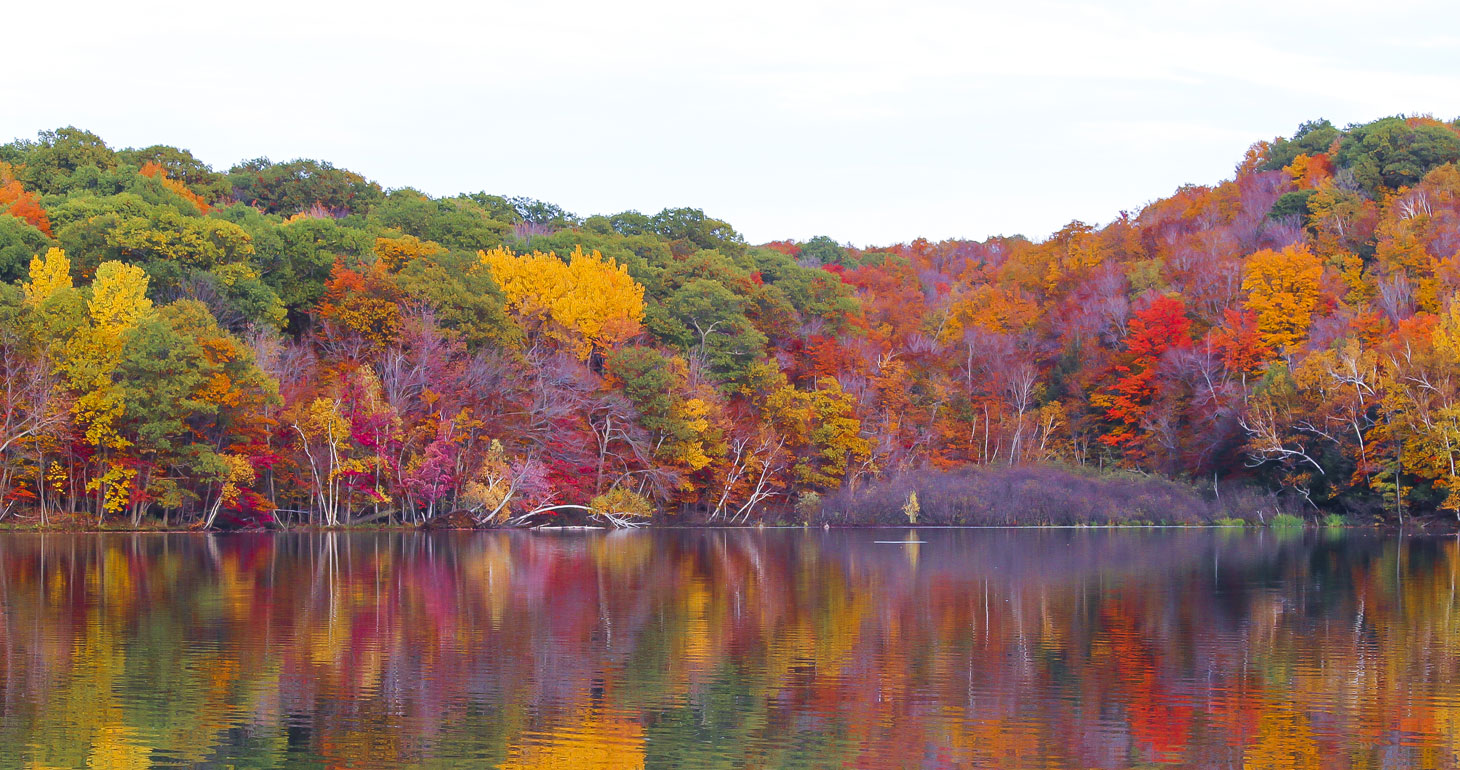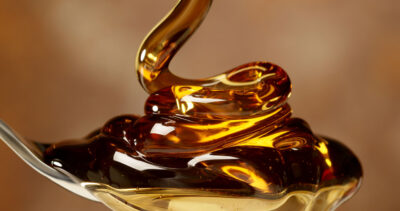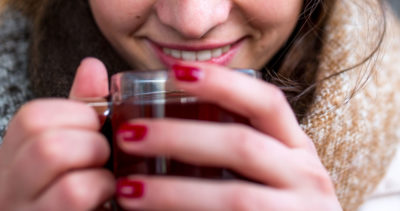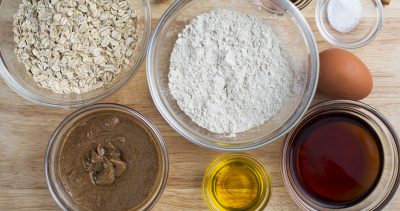Does Fall Foliage Impact Sap Season?
EVER WONDER WHETHER LEAF-PEEPING AND SAP-TAPPING ARE LINKED?
With their brilliant autumn colors, maple trees make a major contribution to New England’s annual fall foliage extravaganza.
In fact, “No trees in eastern North America are as closely associated with fall foliage as maple trees,” according to The Spruce. “In certain parts of the country, the brilliant yellow, orange, and red hues of fall maples in native forests are legendary.”
The Spruce article lists Red Maple, Autumn Blaze Maple, Sugar Maple, and more as being spectacular trees for anyone looking to plant their own backyard foliage display.
But is there a connection between the brilliance of nature’s annual fireworks show and the sweetness (or volume) of the fall maple syrup harvest?
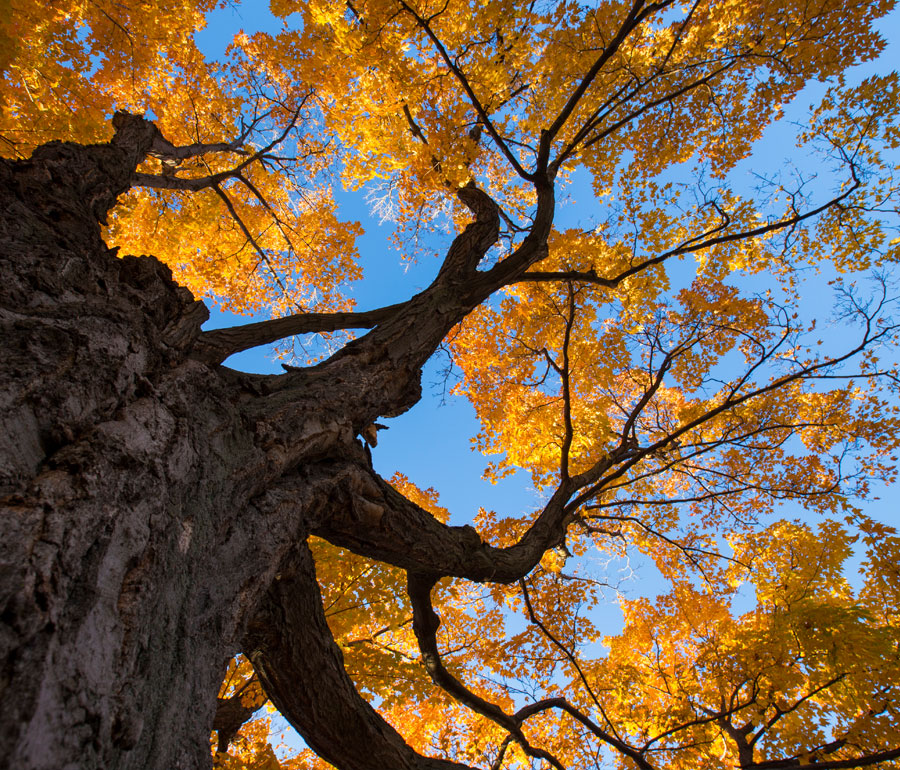
Short answer: Nobody seems to know for sure.
But there is one thing for certain — there’s still syrup to be had in the fall season.
Some Syrup Makers Tap Trees in the Fall
Most maple syrup producers and enthusiasts alike know that late winter and early spring are typically considered prime times for busting out those buckets and taps. However, many syrup makers also go sap hunting in the fall.
Conventional wisdom and published reports suggest that the yield is far less — but as long as the nights are below freezing and the days are above freezing, you can still tap the sap.
“You can tap maple trees in the fall and should expect to collect 15-33% of the sap volume as you would in the spring. The sap will also have about 66% of the sugar content as it would in the spring,” according to Make Maple Syrup at Home.
Sugarmaker Mark Hedman of Sweden, NY, told The Maple News that fall tapping is “probably not worth it given all the work, but we love doing it so much we do it anyway.” Hedman said he gets roughly one-third the production of the trees he taps in the spring.
Related reading: The Sweet Science of Why Maple Trees Produce Sap
How Your Crew Can Enjoy Fall Foliage in New England
With autumn and the annual fall foliage season literally on the horizon, NPR is among several sources that offer a leaf peepers map for tracking peak foliage across the country.
For a closer look at the science behind fall foliage — and the pivotal role of our beloved maple trees in creating the annual explosion of color — check out this report from Nature.org, which describes how maples and other trees pump out the chemicals that produce such brilliant reds (anthocyanins), oranges (beta-carotene and flavonoid compounds) and yellows (cartenoid xanthophylls).
Each fall, says writer Lisa Ballard, “The multi-hued landscape … takes my breath away. Most of all, I marvel at the maple trees, which get most of the credit for the colorful show.”
So, next time you are marveling at a mind-blowing swath of fall foliage this September through November, please remember … to thank a maple.
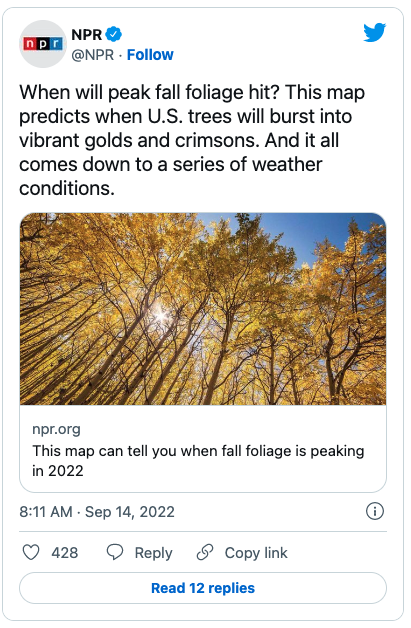
Meanwhile, fall is here, and winter is right around the bend; so we just want to make sure you’ve got a healthy supply of SAPJACK up in the cupboard. Our organic, single-source syrup is not only great for breakfast; it’s our favorite secret ingredient in sweet recipes for dinners, desserts, drinks, and more!
